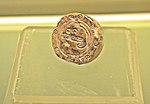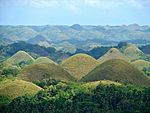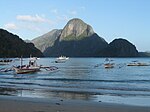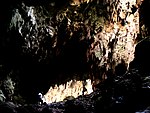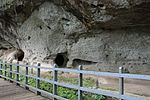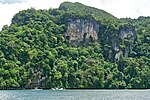The United Nations Educational, Scientific and Cultural Organization (UNESCO) World Heritage Sites are places of importance to cultural or natural heritage as described in the UNESCO World Heritage Convention, established in 1972. [1] The convention established that cultural heritage consists of monuments (such as architectural works, monumental sculptures, or inscriptions), groups of buildings, and sites (including archaeological sites). Meanwhile, natural heritage consists of physical and biological formations, geological and physiographical formations (including habitats of threatened flora and fauna), and sites used for scientifical research and/or conservation, as well as those regarded for its natural aesthetic. [2]
Contents
The Republic of the Philippines ratified the convention on September 19, 1985, making its historical and natural sites eligible for inclusion on the list. The country had its first sites (the Baroque Churches and Tubbataha Reefs Natural Park) included in 1993, and now has six sites, the latest being the Mount Hamiguitan Range Wildlife Sanctuary in 2014. Of those six sites, three each are cultural and natural. [3] In addition, the government of the Philippines has also put 19 sites on the tentative list, meaning that they intend to consider them for nomination in the future. [4] The lack of World Heritage Sites were mainly reasoned to little awareness among locals, the absence of competent people involved, and the lack of government funding. [5] One site, the Rice Terraces of the Philippine Cordilleras, was once listed as a World Heritage in Danger due to the lack of conservation and monitoring efforts.










